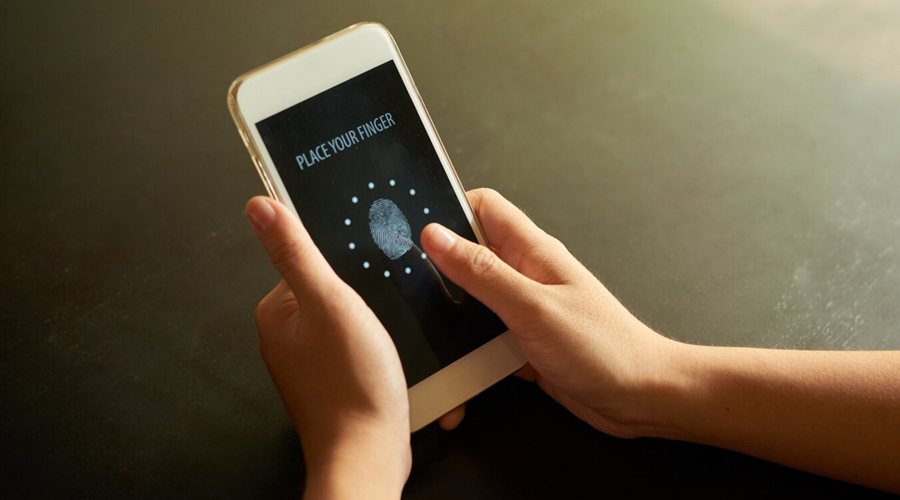Table of Contents
Introduction to Home and Personal Security Apps
In an age where our smartphones have become extensions of ourselves, it’s only natural that we leverage this technology to fortify the sanctuaries we call home and ensure the safety of our loved ones. The realm of home and personal security has undergone a metamorphosis, transitioning from traditional locks and alarms to sophisticated mobile applications that offer unprecedented levels of control, vigilance, and peace of mind.
The advent of home and personal security apps has ushered in a new era of proactive protection. These apps stand as digital guardians, equipped with a plethora of features designed not just to react to threats but to anticipate and prevent them. Whether it’s monitoring your front door from a distant location or receiving instant notifications of any unusual activity, these apps have redefined the concept of security by placing it squarely in the palm of your hand.
The Evolution of Security in Your Pocket
Gone are the days when security systems were cumbersome and required manual operation. Today, these apps harness the capabilities of our smartphones to seamlessly integrate with an array of smart devices, transforming our homes into interconnected fortresses that we can monitor and manage remotely.
The significance of these apps lies not only in their technological prowess but also in their ability to provide a sense of control. They offer a virtual window into our homes, allowing us to keep watch over our surroundings and take immediate action if necessary. Beyond mere surveillance, they serve as a digital lifeline, connecting us to emergency services at the touch of a button.
Navigating the Landscape of Security Features
What sets these apps apart are their multifaceted features tailored to meet the diverse needs of modern households. From motion sensors that detect the slightest movements to geofencing that creates virtual boundaries, these applications offer a robust suite of tools to fortify security layers.
Moreover, the integration of smart locks and cameras provides not just security but also convenience. Imagine remotely granting access to a delivery person or locking your doors with a tap on your smartphone – it’s the convergence of technology and safety seamlessly woven into everyday life.
Core Features and Functionalities
- User-Friendly Interface: Intuitive design and easy navigation are fundamental. Users should be able to access all features seamlessly, even in stressful situations.
- Customizable Alerts: Allow users to set personalized alert preferences based on specific triggers like motion, sound, or entry detection. Customization ensures relevance and reduces unnecessary notifications.
- Two-Way Communication: Enable communication between users and their home devices, facilitating interaction through the app. This feature aids in remotely communicating with visitors or potential intruders using built-in speaker systems.
- Secure Cloud Storage: Ensure encrypted cloud storage for recorded footage and data. This feature safeguards sensitive information and provides access to historical records for review or legal purposes.
- Battery and Connectivity Alerts: Notify users in advance about low battery levels in security devices or any connectivity issues. This helps in maintaining uninterrupted surveillance.
- Integration with Wearable Tech: Connect the app with wearable devices like smartwatches for immediate access to security features, ensuring safety is just a glance away.
- Family and Guest Access Management: Allow multiple users with different levels of access permissions. This feature is especially beneficial for families, granting access to certain features while restricting others.
- SOS Button: Incorporate a panic button or emergency SOS feature that, when activated, immediately alerts authorities or designated contacts in case of an emergency.
- In-App Tutorials and Support: Provide comprehensive guides or tutorials within the app to assist users in setting up devices, understanding features, and troubleshooting common issues.
- Data Privacy Measures: Implement robust security protocols to protect user data and maintain privacy, adhering to strict data protection regulations.
Functionalities Enhancing User Experience:
- Smart Automation: Introduce automation features that allow users to schedule security actions, such as setting specific times for locking doors or activating/deactivating alarms.
- Integration with Smart Home Devices: Seamlessly integrate with other smart home devices like thermostats, lights, or window sensors for a comprehensive home automation and security system.
- Live Support and Customer Service: Offer real-time support through chat or call within the app for immediate assistance and issue resolution.
- Localized Crime Data and Alerts: Provide localized crime statistics and alerts to keep users informed about security concerns in their area.
- Cross-Platform Compatibility: Ensure compatibility across various devices and platforms (iOS, Android, web browsers) for a wider user base.
Implementing these core features and functionalities not only enhances the app’s usability but also contributes significantly to elevating the overall security and user experience, making the app a comprehensive solution for home and personal safety.
Technological Components
- Cloud Integration: Storing data and enabling seamless access to information from various devices is made possible through cloud integration. This ensures that users can retrieve footage, access logs, and control devices remotely without compromising data security.
- Encryption and Data Security: Implementing robust encryption protocols ensures that sensitive information, such as live camera feeds or user data, remains secure and inaccessible to unauthorized entities.
- Biometric Authentication: Leveraging biometric identifiers like fingerprints or facial recognition provides an extra layer of security to ensure that only authorized individuals can access the app’s features and control systems.
- Machine Learning Algorithms: ML algorithms play a pivotal role in analyzing patterns, enabling these apps to differentiate between normal and suspicious activities. As these algorithms learn from user behavior, they become more adept at detecting potential threats and minimizing false alarms.
- Integration of Wearable Devices: Syncing security apps with wearable devices like smartwatches or fitness trackers allows for immediate notifications and quick responses directly from the user’s wrist, increasing accessibility and response times.
- Blockchain for Access Logs: Implementing blockchain technology ensures immutable and transparent access logs. This feature enhances accountability and prevents tampering with crucial security-related records.
- Integration with Smart Home Devices: Interoperability with various smart devices such as lights, thermostats, and voice assistants enhances the overall security ecosystem. For instance, triggering lights or alarms in response to security alerts increases deterrence against potential intruders.
The Role of Integration and Interoperability
The seamless integration of these technological components creates a unified ecosystem that fosters enhanced security and user experience. The ability of these apps to communicate and interact with diverse devices and systems ensures comprehensive coverage and efficient management of security measures.
Continual Advancements and Innovation
As technology evolves, the integration of these components will continue to evolve, paving the way for even more sophisticated and interconnected security solutions. The fusion of emerging technologies like 5G networks, edge computing, and enhanced AI capabilities will further refine the accuracy, responsiveness, and reliability of these security apps.
Challenges and Solutions
Future Trends and Innovations
- Biometric Authentication: Moving beyond traditional passwords or PINs, biometric authentication methods like facial recognition, fingerprint scanning, or even iris detection are increasingly being integrated into security apps. This adds an extra layer of security by ensuring that only authorized individuals can access the app and its functionalities.
- Predictive Analytics: Leveraging data analytics and AI, future security apps will have the capability to predict potential security risks based on patterns and trends. By analyzing historical data and user behavior, these apps can anticipate and prevent security breaches before they occur.
- Blockchain for Security: The decentralized nature of blockchain technology provides an opportunity for secure data storage and transmission within security apps. Implementing blockchain can enhance data integrity, ensuring that sensitive information remains tamper-proof and confidential.
- Augmented Reality (AR) for Security Visualization: AR can revolutionize the way users interact with their security systems. Visualizing security camera feeds or system status in augmented reality can provide a more immersive and intuitive experience, enabling quicker decision-making during emergencies.
- Environmental Monitoring and Hazard Detection: Beyond intruder detection, future apps might integrate sensors for environmental hazards like gas leaks, fire, or even air quality monitoring. This expansion into broader safety aspects enhances overall home safety.
- Collaborative Security Ecosystems: Interconnectivity among various security apps and systems will lead to a collaborative ecosystem. Integration with smart city initiatives or neighborhood watch programs can create a network where information sharing enhances overall community safety.
- Personalized Security Recommendations: Machine learning algorithms can analyze individual user habits and preferences to offer personalized security recommendations. This could include suggestions for optimizing security settings or highlighting potential vulnerabilities based on user-specific patterns.














